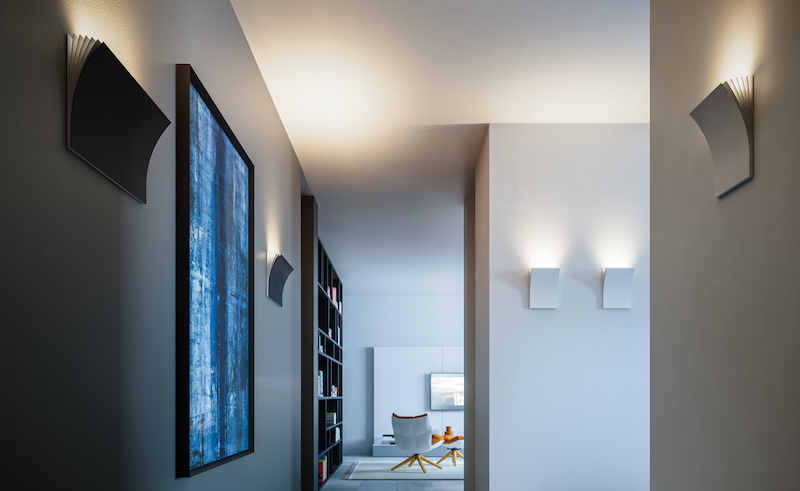
By applying light to the chances of a house corner, a potential intruder wanted to stay away and improve their resilience. As the area is lit up, there are fewer places through which the perpetrator could hide, and he would be highly detectable during any investigation around the border of the house. LED (Light Emitting Diode) lights have become increasingly popular for home lighting due to several advantages they offer over traditional incandescent and fluorescent lights:
Compact size
A major plus of LED lights is their size. The LED bulbs are more compact than their conventional counterparts, creating a high demand for versatile and adjustable lighting. Modern LED tech enables the formation of the smallest light sources to happen. LEDs in a regular lamp and a fixture can be achieved because they have an excellent beam angle (as small as several millimeters), so bulb and fixture manufacturing is possible.
The battery-powered nature of LED lights serves various functions, including complying with local regulations, easy light installation, convenient recharging for emergencies, and power savings. LED strips, meanwhile, are great at lighting up a cabinet line under stairs or behind furniture.
The miniature size and the layout of led corner light makes it perfect for application in portable lighting solutions like flashlights and task lights. LED-based portable lights are very lightweight, energy-efficient and long-lasting. Therefore, they are indispensable for camping, emergencies, and outdoor activities.
Accent lighting
Accent lighting is the application of targeted brightness to draw attention to certain features or zones within an environment to provide attractive visual cues and make the space appear cozy. Through positioning, LED lighting can be directed to the details of design, like moldings and columns, as well as to the alcoves of the room’s corners. Displaying your taste and individuality here will add a unique design feeling to your house, improving the look of your interior.
As LED accent lights would, thus, bring light to the objects or fragile pieces of art while they remain on the walls, they can highlight them as successive focal points of the room. It may uplift your room’s character and harmonize with your interior design’s overall aesthetics.
Shedding the spots and shadows previously unreachable by conventional bulbs with LED lights can also help expand the space and add depth to the room. The process can be beneficial in the case of small rooms or areas with few windows of natural light and create an excellent mood for the room.
Energy efficiency
LED lighting is highly energy efficient, which makes it ideal for lighting up remote areas in your household as it would translate to lesser expenditure, which is energy and environment-friendly.
LED illumination systems requiring minimum energy consumption are the alternative to traditional incandescent or fluorescent lighting. That is, therefore, the guarantee that by using LED lighting on the corners of our homes, we reduce the overall energy consumption of our homes.
If you are a LOE enthusiast, using LED lights will yield lower electricity bills in the long haul as they consume less energy. That is mainly practiced in areas close to lighting systems that remain on for long periods, such as hallways and living spaces.
Longevity
An intelligent way of lighting is going with LEDs since they are superior in terms of long life span, making them the best option for illuminating the most remote corners of your house. LED bulbs have a considerably longer operational life span than traditional incandescent batteries or fluorescent light bulbs. Of the LED bulbs, on average, they last up to 25 times longer; some of the prototypes have ratings of over 50000 hours of mere continuous operation. That, in turn, requires fewer desalination plants to be replaced, which leads to lower maintenance efforts and expenses.
LED bulbs do not rely on fragmentary filaments or gas infrastructure, which makes them far more resilient to vibrations, shocks and temperature spikes than traditional (incandescent or fluorescent) bulbs. Thus, durability means trouble federation and lowering the risk of damage or failure so that the LED lighting fixtures will be used with environmental impact.
Using LED instead of conventional incandescent or fluorescent lamps will reduce electricity bills because consumption by less than 20%, and greenhouse gases will be emitted. That enables the domination of the environmental impact associated with power generation and is an additional contribution to the total energy conservation campaign.




